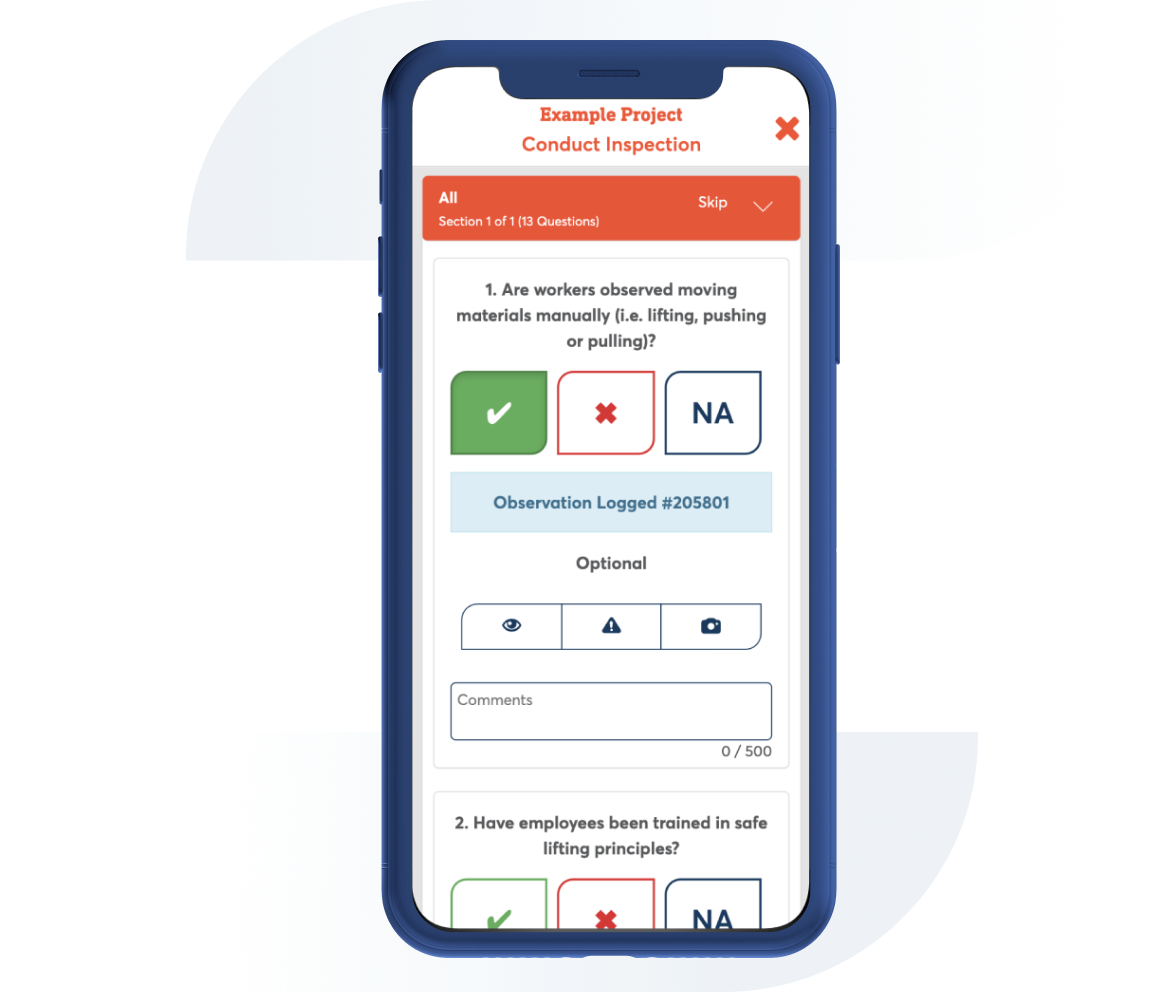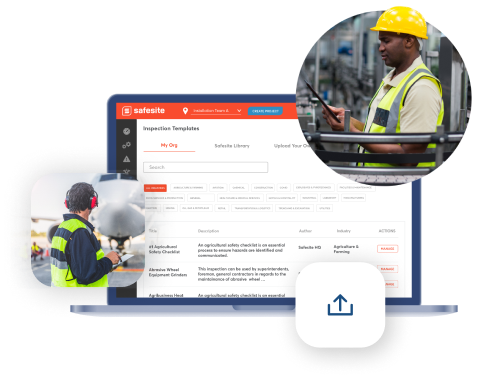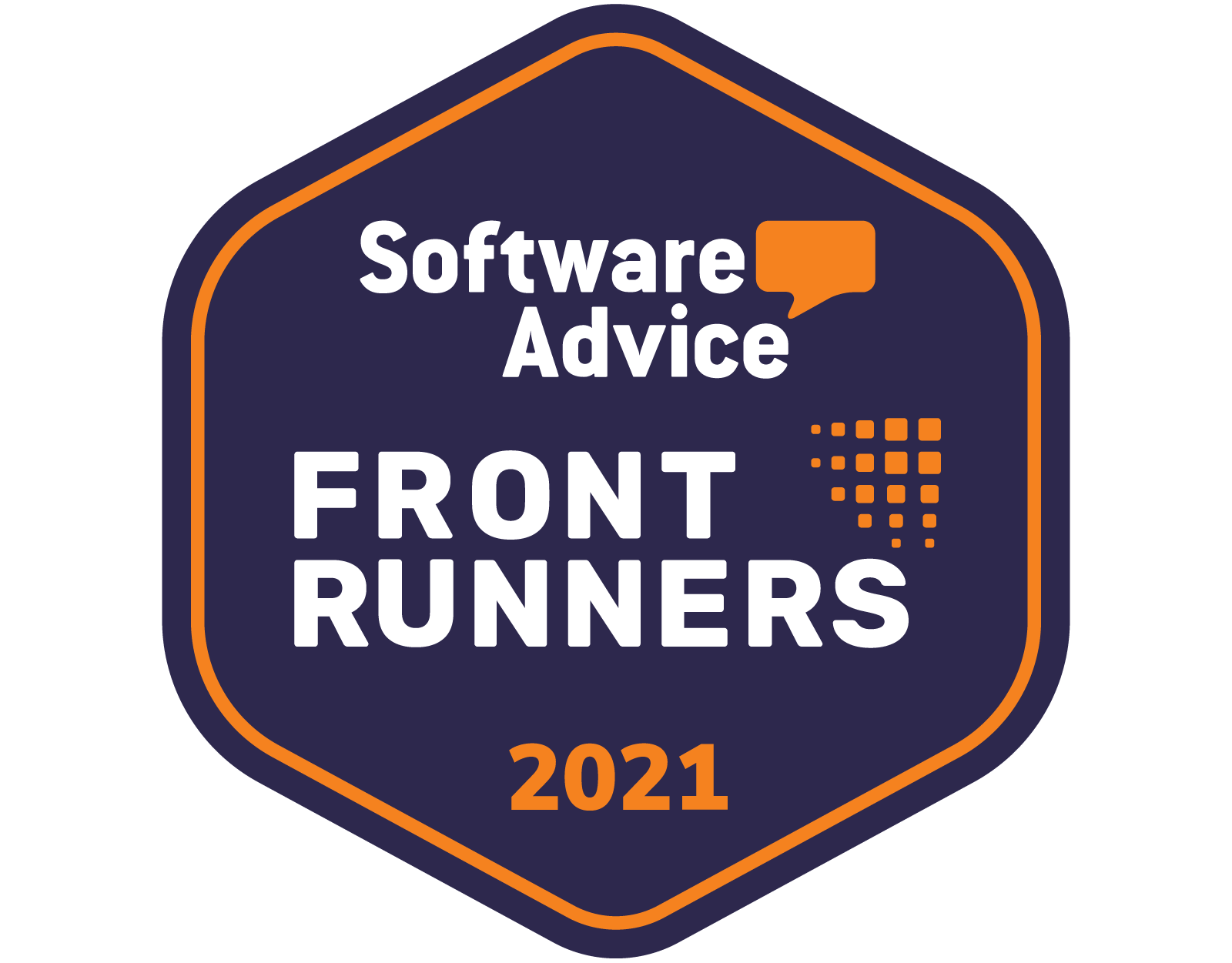Business Pandemic Influenza Planning Checklist
Contributor: Safesite Jurisdiction: OSHA
Large businesses should use this planning checklist to develop a pandemic (i.e. COVID-19 or influenza) response team, identify essential employees and create a plan to safely continue business services should an outbreak occur.

Template Preview
1. Identify a pandemic coordinator and/or team with defined roles and responsibilities for preparedness andresponse planning. The planning process should include input from labor representatives.
Actions
2. Identify essential employees and other critical inputs (e.g. raw materials, suppliers, sub-contractor services/ products, and logistics) required to maintain business operations by location and function during a pandemic
Actions
3. Train and prepare ancillary workforce (e.g. contractors, employees in other job titles/descriptions, retirees).
Actions
4. Develop and plan for scenarios likely to result in an increase or decrease in demand for your products and/or services during a pandemic (e.g. effect of restriction on mass gatherings, need for hygiene supplies).
Actions
5. Determine potential impact of a pandemic on company business financials using multiple possible scenarios that affect different product lines and/or production sites.
Actions
6. Determine potential impact of a pandemic on business-related domestic and international travel (e.g. quarantines, border closures).
Actions
7. Find up-to-date, reliable pandemic information from community public health, emergency management, and other sources and make sustainable links.
Actions
8. Establish an emergency communications plan and revise periodically. This plan includes identification of key contacts (with back-ups), chain of communications (including suppliers and customers), and processes for tracking and communicating business and employee status.
Actions
9. Implement an exercise/drill to test your plan, and revise periodically.
Actions
1. Forecast and allow for employee absences during a pandemic due to factors such as personal illness, family member illness, community containment measures and quarantines, school and/or business closures, and public transportation closures
Actions
2. Implement guidelines to modify the frequency and type of face-to-face contact (e.g. hand-shaking, seating in meetings, office layout, shared workstations) among employees and between employees and customers (refer to CDC recommendations).
Actions
3. Encourage and track annual influenza vaccination for employees.
Actions
4. Evaluate employee access to and availability of healthcare services during a pandemic, and improve services as needed.
Actions
5. Evaluate employee access to and availability of mental health and social services during a pandemic, including corporate, community, and faith-based resources, and improve services as needed.
Actions
6. Identify employees and key customers with special needs, and incorporate the requirements of such persons into your preparedness plan.
Actions
1. Establish policies for employee compensation and sick-leave absences unique to a pandemic (e.g. non-punitive, liberal leave), including policies on when a previously ill person is no longer infectious and can return to work after illness.
Actions
2. Establish policies for flexible worksite (e.g. telecommuting) and flexible work hours (e.g. staggered shifts).
Actions
3. Establish policies for preventing influenza spread at the worksite (e.g. promoting respiratory hygiene/ cough etiquette, and prompt exclusion of people with influenza symptoms).
Actions
4. Establish policies for employees who have been exposed to pandemic influenza, are suspected to be ill, or become ill at the worksite (e.g. infection control response, immediate mandatory sick leave).
Actions
5. Establish policies for restricting travel to affected geographic areas (consider both domestic and international sites), evacuating employees working in or near an affected area when an outbreak begins, and guidance for employees returning from affected areas (refer to CDC travel recommendations).
Actions
6. Establish policies for restricting travel to affected geographic areas (consider both domestic and international sites), evacuating employees working in or near an affected area when an outbreak begins, and guidance for employees returning from affected areas (refer to CDC travel recommendations).
Actions
1. Provide sufficient and accessible infection control supplies (e.g.hand-hygiene products, tissues and receptacles for their disposal) in all business locations.
Actions
2. Enhance communications and information technology infrastructures as needed to support employee telecommuting and remote customer access
Actions
3. Ensure availability of medical consultation and advice for emergency response.
Actions
1. Develop and disseminate programs and materials covering pandemic fundamentals (e.g. signs and symptoms of influenza, modes of transmission), personal and family protection and response strategies (e.g. hand hygiene, coughing/sneezing etiquette, contingency plans).
Actions
2. Anticipate employee fear and anxiety, rumors and misinformation and plan communications accordingly.
Actions
3. Ensure that communications are culturally and linguistically appropriate.
Actions
4. Disseminate information to employees about your pandemic preparedness and response plan.
Actions
5. Provide information for the at-home care of ill employees and family members.
Actions
6. Develop platforms (e.g. hotlines, dedicated websites) for communicating pandemic status and actions to employees, vendors, suppliers, and customers inside and outside the worksite in a consistent and timely way, including redundancies in the emergency contact system.
Actions
7. Identify community sources for timely and accurate pandemic information (domestic and international) and resources for obtaining counter-measures (e.g. vaccines and antivirals).
Actions
1. Collaborate with insurers, health plans, and major local healthcare facilities to share your pandemic plans and understand their capabilities and plans.
Actions
2. Collaborate with federal, state, and local public health agencies and/or emergency responders to participate in their planning processes, share your pandemic plans, and understand their capabilities and plans.
Actions
3. Communicate with local and/or state public health agencies and/or emergency responders about the assets and/or services your business could contribute to the community.
Actions
4. Share best practices with other businesses in your communities, chambers of commerce, and associations to improve community response efforts.
Actions
5. Write Comments or Remarks here:

Can't find what you are looking for?
